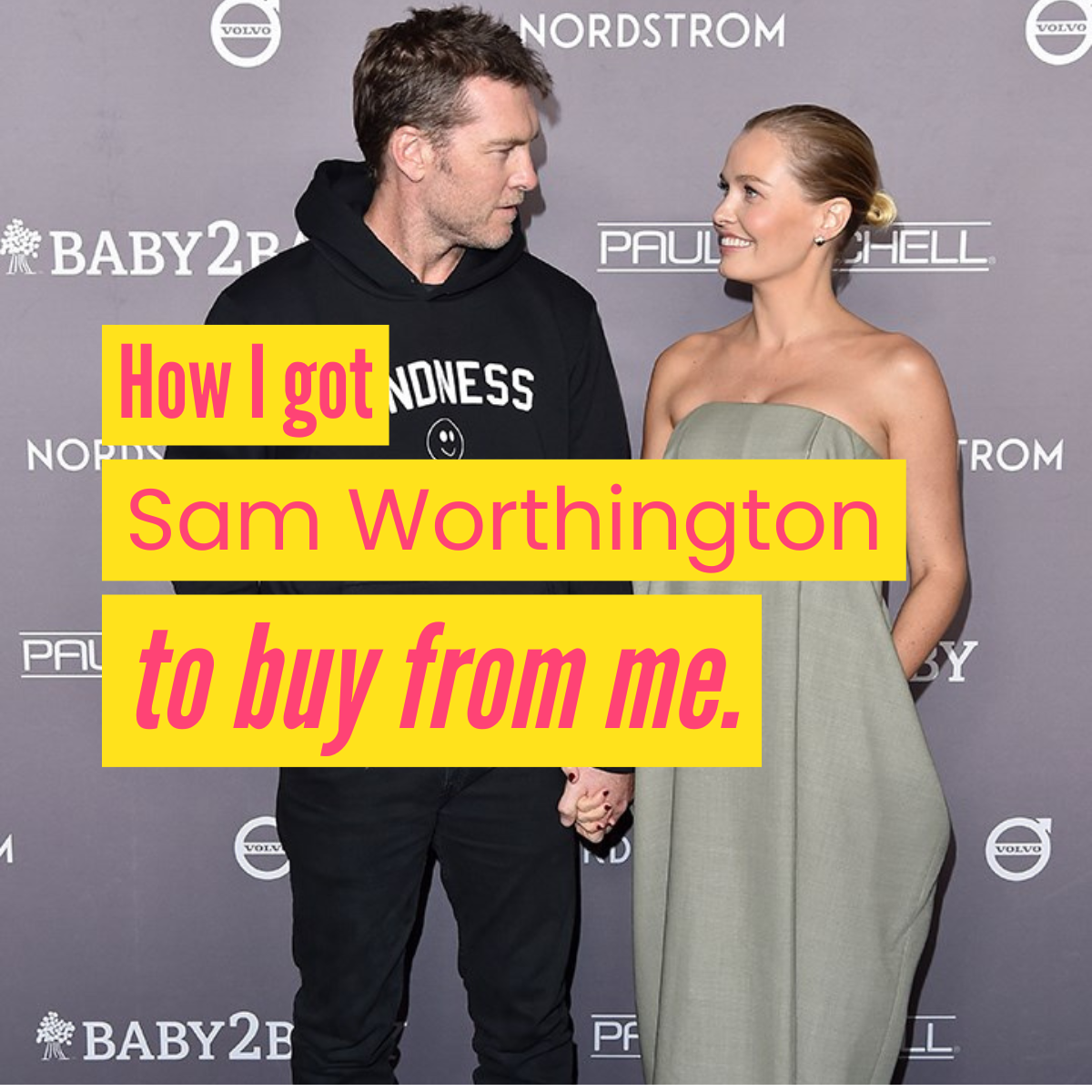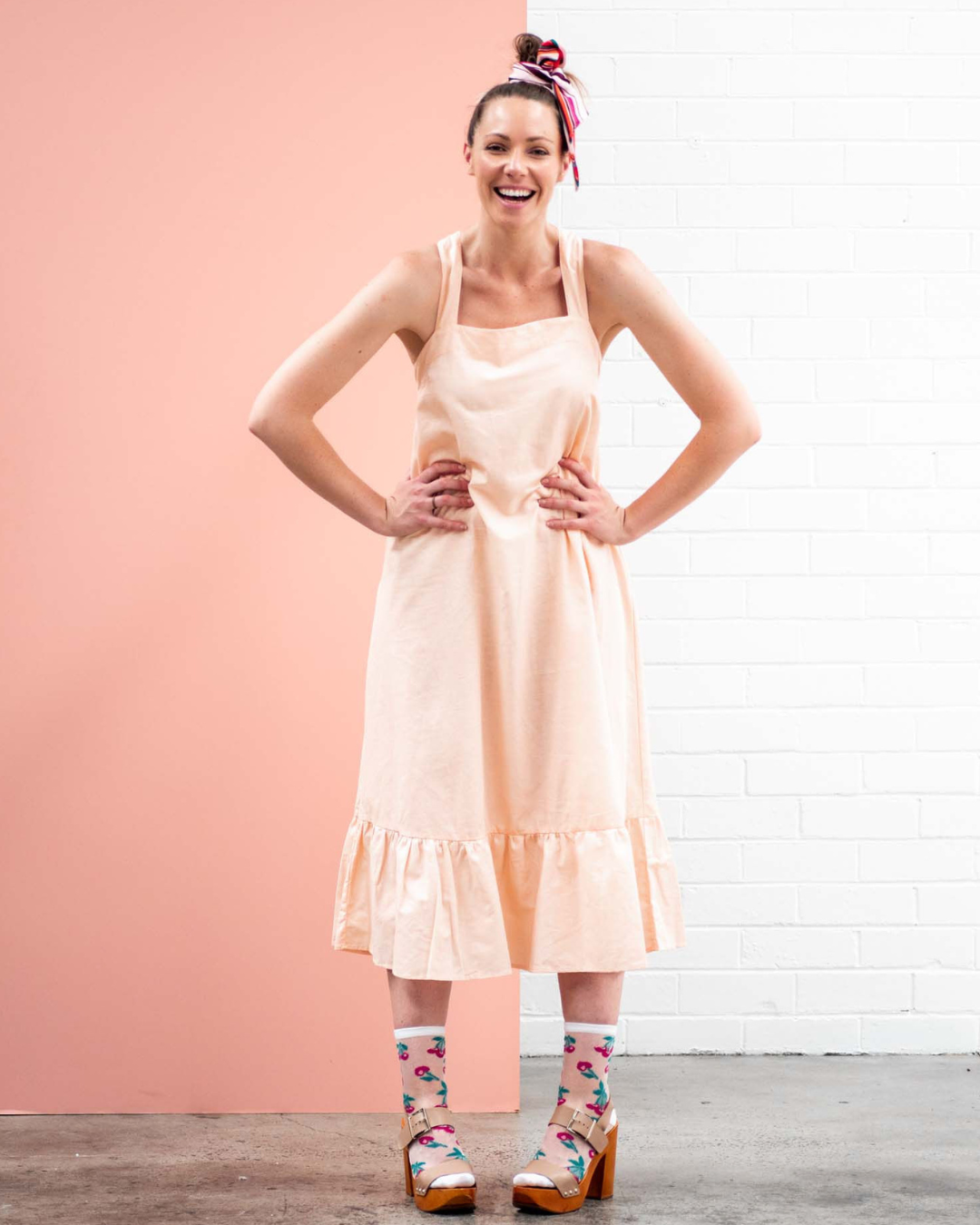If you started your sustainable fashion business because you believe in something bigger than just selling clothes—you're my kind of human.
Running a purpose-driven fashion business is full of the warm and fuzzies of making the world a better place, but let’s be real—no one really prepares you for what it’s like to run a slow fashion business in a fast fashion world.
No one tells you how hard it is to compete with billion-dollar brands that churn out thousands of styles a day and sell them for less than a cup of coffee.
No one tells you how exhausting it is to constantly explain why your handmade, ethical, and sustainable pieces cost more than a $5 polyester dress from Temu.
No one tells you that even the most conscious consumers—the ones who say they want sustainability—will still go and buy a haul from Zara if your brand isn’t top of mind when they’re ready to shop and need something fast.
But I'm here to remind you that despite all of this—you can build a successful slow fashion brand.
You just have to do things differently.
Because the truth is, fast fashion plays a different game. They rely on massive ad budgets, impulse shopping, and low-cost, high-volume production.
Slow fashion can’t—and shouldn’t—compete on those terms. Instead, slow fashion needs to stand out in its own way.
So what do you need to do to cut through the online fast fashion noise and make an impact?
1. Stop trying to lecture people—inspire them instead.
Yes, consumers should know the impact of fast fashion. But guilt doesn’t sell—desire does. Instead of lecturing, paint a vision of a better alternative. Show them what slow fashion feels like—the craftsmanship, the longevity, the meaning behind each piece. Make them want to be part of the change.
2. Stop relying on Instagram alone—build a brand that lasts beyond socials.
Instagram’s algorithm changes every five minutes, and the brands that only rely on social media are constantly stuck on a content treadmill. Sustainable brands need sustainable marketing. Build an email list. Strengthen your SEO. Create a loyal community outside of social media.
3. Stop apologising for your prices—own them.
Your prices reflect ethics, quality, and sustainability. You are not in the same business as fast fashion, so stop justifying why you charge more. Instead, make it clear what your customers are investing in when they choose your brand over cheap, disposable alternatives.
And above all, remember this: you are not just running a business. You are part of a movement working towards something more than money and sales.
Yes, running an ethical, sustainable, circular, handmade or slow fashion business is harder than just pumping out cheap trends. Yes, it takes patience. But it’s worth it—for your customers, for the planet, and for the future of fashion.
But if you’re struggling, you don’t have to figure it all out alone.
If you’re serious about growing a profitable and purpose-driven slow fashion business without sacrificing your values, I’m diving deep into these strategies in my upcoming workshop.
Join me for this month’s LIVE online workshop, F*ck Fast Fashion: The 7 Secrets of Successful Slow Fashion Brands, where you'll learn practical strategies to help you stand out and scale ethically.
Because f*ck fast fashion.
Are you with me?
Claire x




